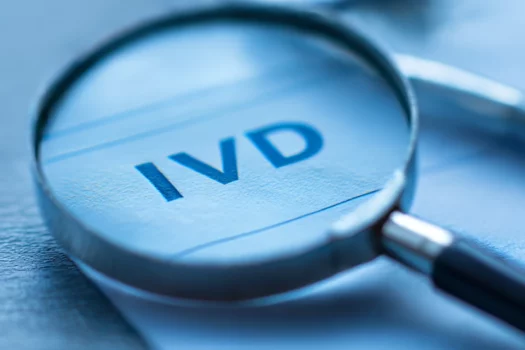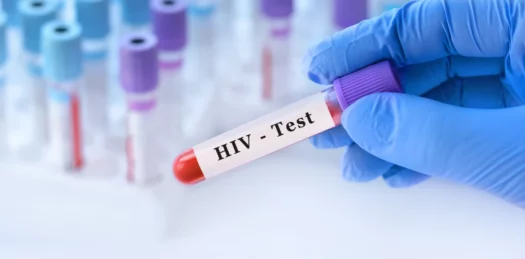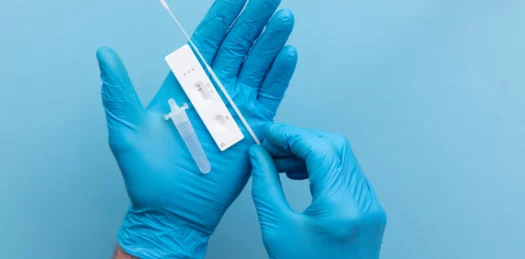Primary responsibility for implementing EU law lies with EU countries. However, some important areas like health the Commission adopts an implementing act. As part of the Commission's better regulation agenda, citizens and other stakeholders can provide feedback on the draft text of an implementing act for Common Specifications of IVDs for 4 weeks before the relevant committee votes to accept or reject it (till 16th of September).
Before the Commission can adopt an implementing act, it must usually consult a committee in which every EU country is represented. As part of the Commission’s better regulation agenda, citizens and other stakeholders can provide feedback on the draft text of an implementing act for Common Specfications of IVDs for 4 weeks before the relevant committee votes to accept or reject it (till 16th of September).
The propose is to change aspects concerning the performance characteristics and common specifications for Class D medical devices. These devices are specifically intended for the detection or quantification of various infections and markers related to blood group antigens, viral infections (e.g., HIV, Hepatitis, HTLV, SARS-CoV-2, etc.), and other pathogens.
Amendments to Annexes of Common Specifications of IVD
Each Annex focuses on different medical devices and their specific requirements. The document details modifications to the titles, scopes, and specific tables within these annexes, reflecting updated performance criteria and testing standards.
Annex II now concerns “COMMON SPECIFICATIONS FOR CLASS D DEVICES INTENDED FOR DETECTION OF BLOOD GROUP ANTIGENS” and similar updates are made for devices detecting markers of HIV (Annex III), HTLV (Annex IV), and other pathogens.
The document extensively details the performance characteristics required for Class D devices, including diagnostic sensitivity, analytical sensitivity, and specificity. These devices must adhere to international standards, such as those established by the World Health Organization (WHO).
Tables in each Annex provide specific criteria for testing sensitivity, cross-reactivity, reproducibility, and the statistical validation of results. For instance, devices intended for the detection of Hepatitis C Virus (Annex V) or the SARS-CoV-2 virus (Annex XIII) must meet stringent sensitivity and specificity benchmarks.: The amendments emphasize the importance of international traceability and standardization, particularly in the calibration of diagnostic tools against recognized international standards. There is also a focus on updating the protocols for validating the performance of these devices, ensuring that they are accurate and reliable for detecting specific infections or markers.
Validation methods, such as using Probit analysis for determining sensitivity and specific statistical methods for reproducibility, are highlighted as critical steps in ensuring the reliability of these medical devices.
Annex to Common Specifications of IVDs updating and clarifying the standards for a range of diagnostic devices used in detecting infectious diseases. It provides detailed guidance on the required performance characteristics, aligning them with international standards to ensure consistency, reliability, and accuracy in medical diagnostics. Each section within the document focuses on a specific pathogen or disease marker, making it essential for manufacturers and regulatory bodies involved in the approval and use of Class D medical devices.









